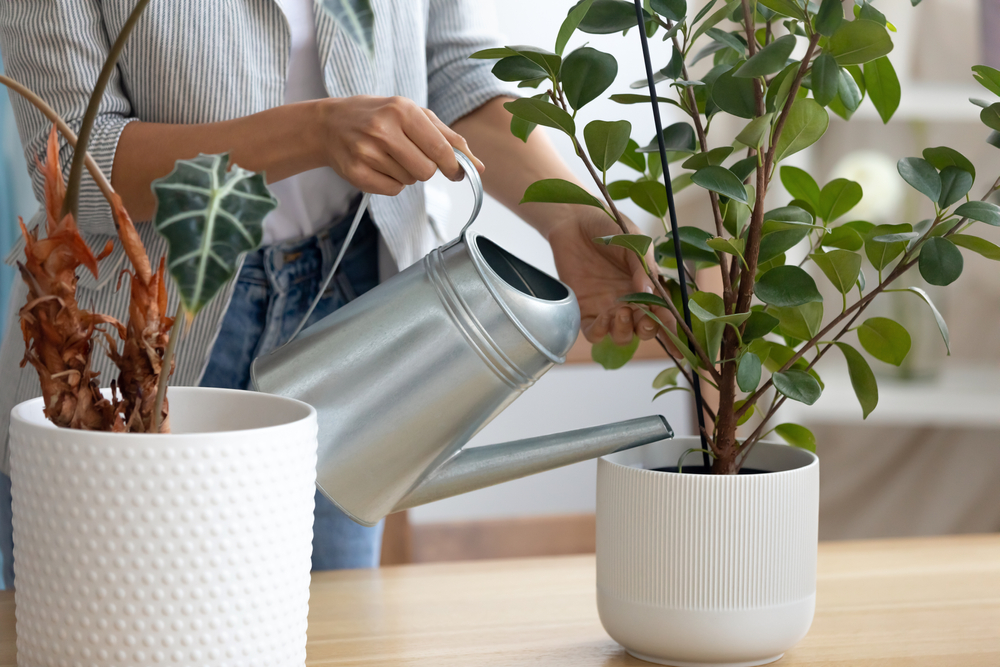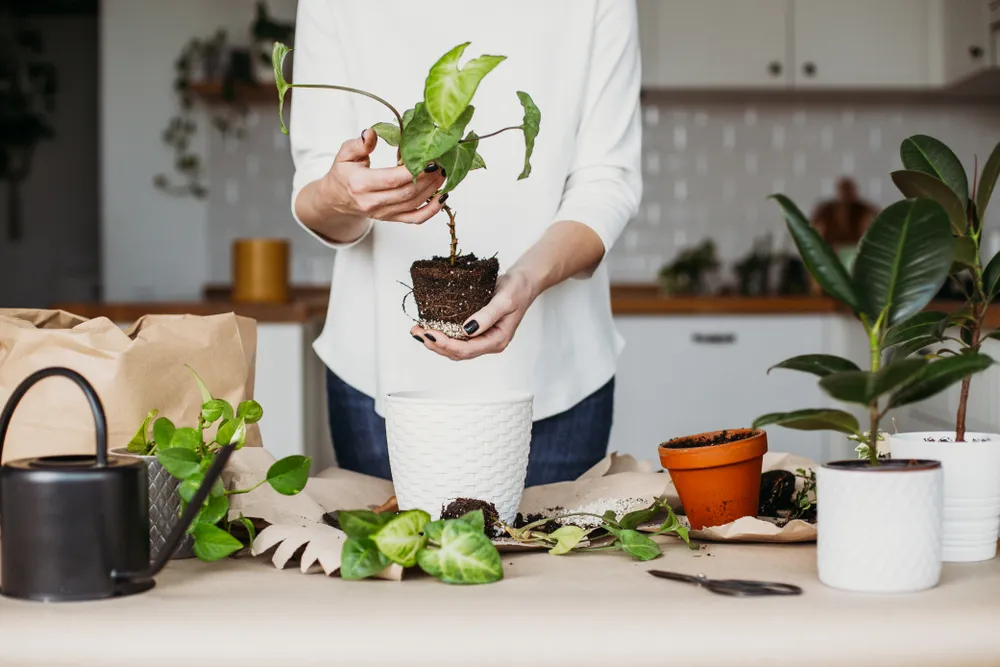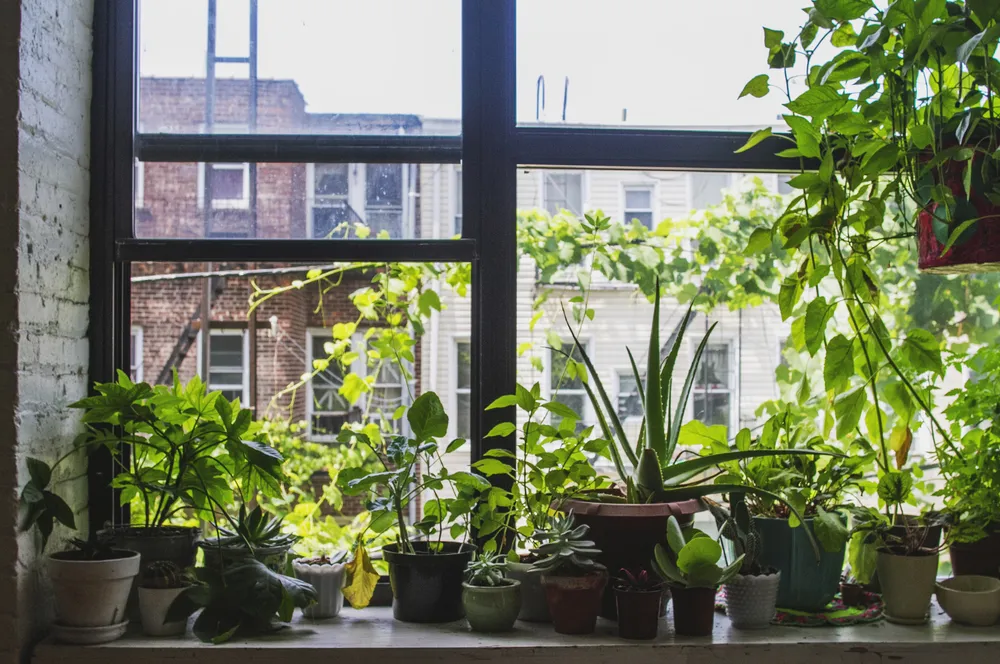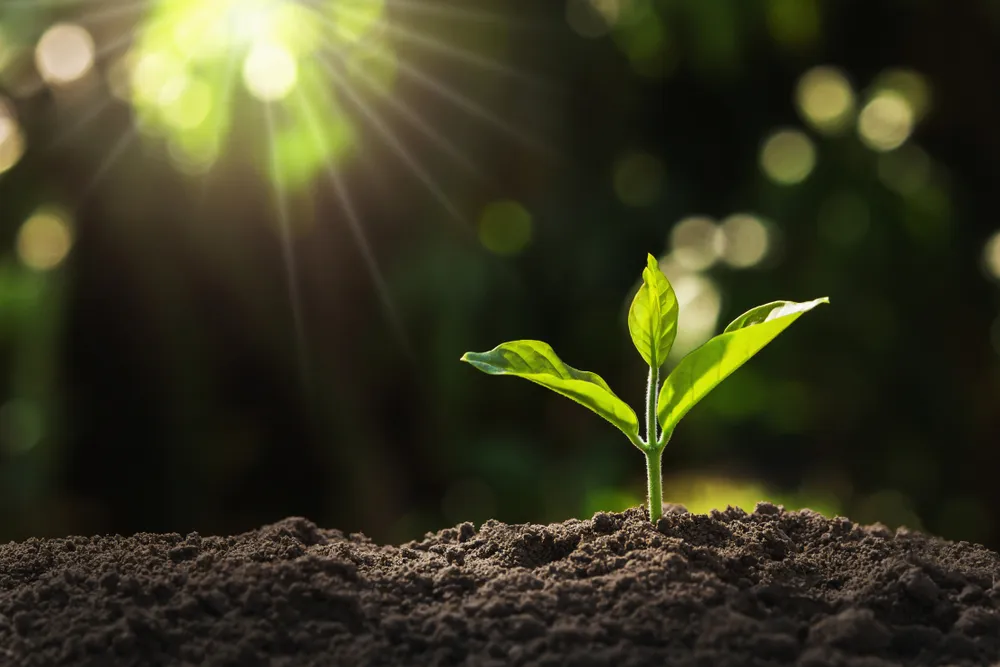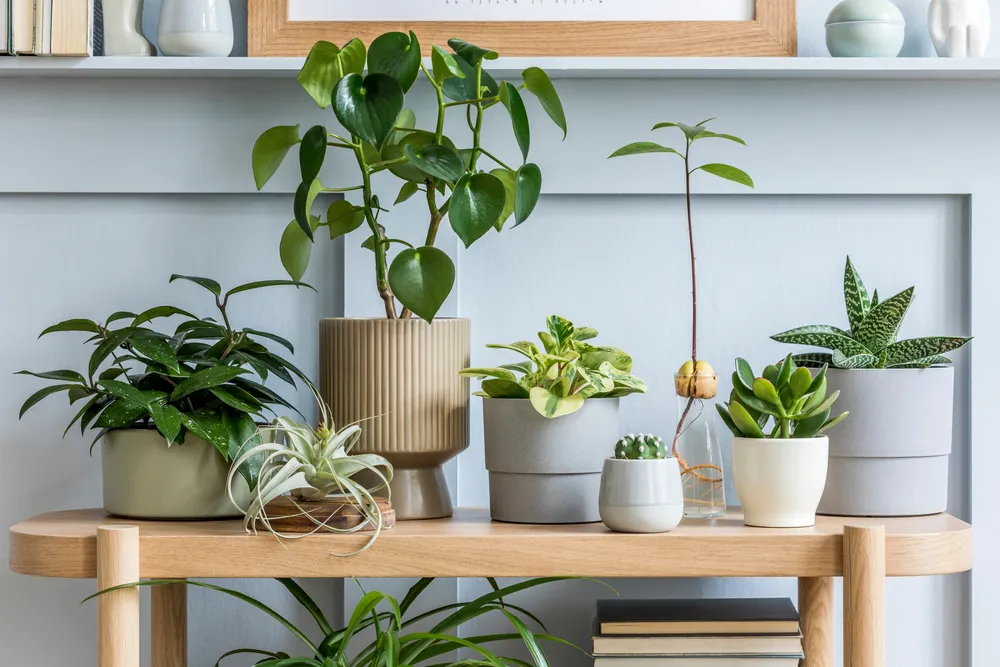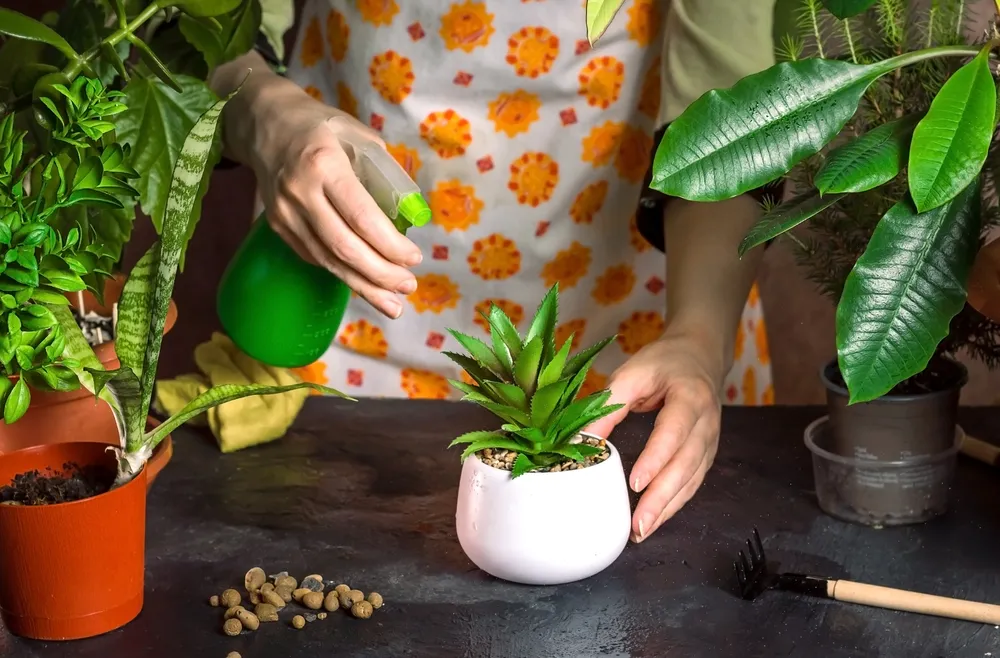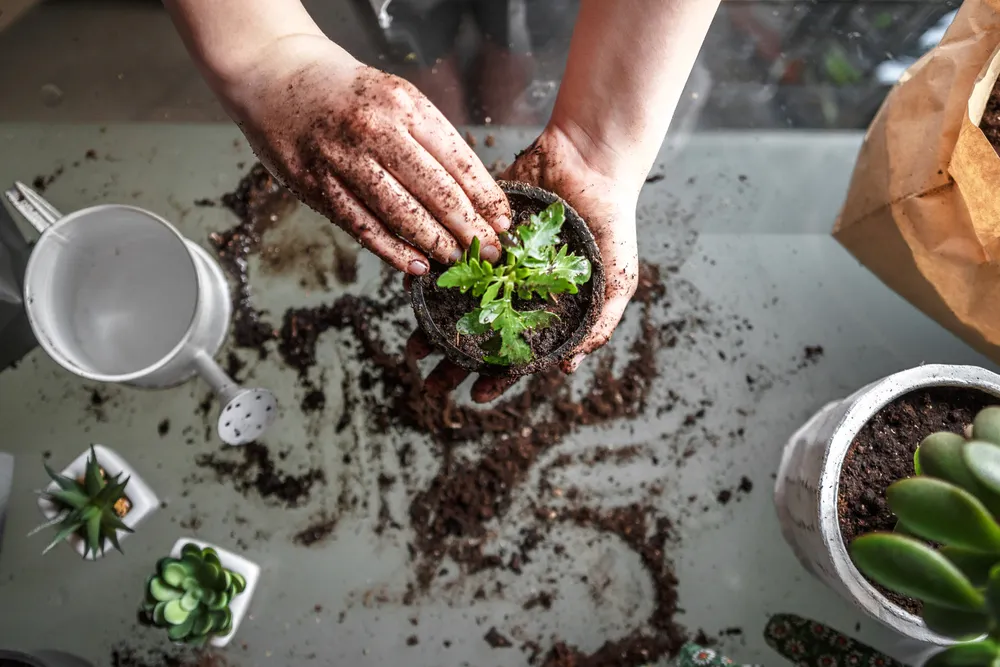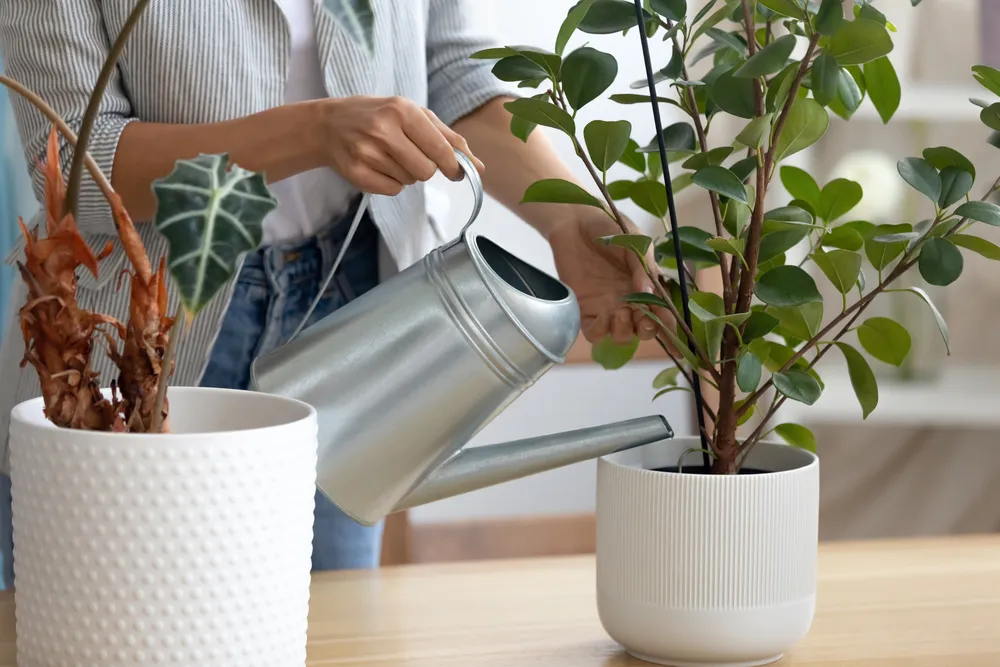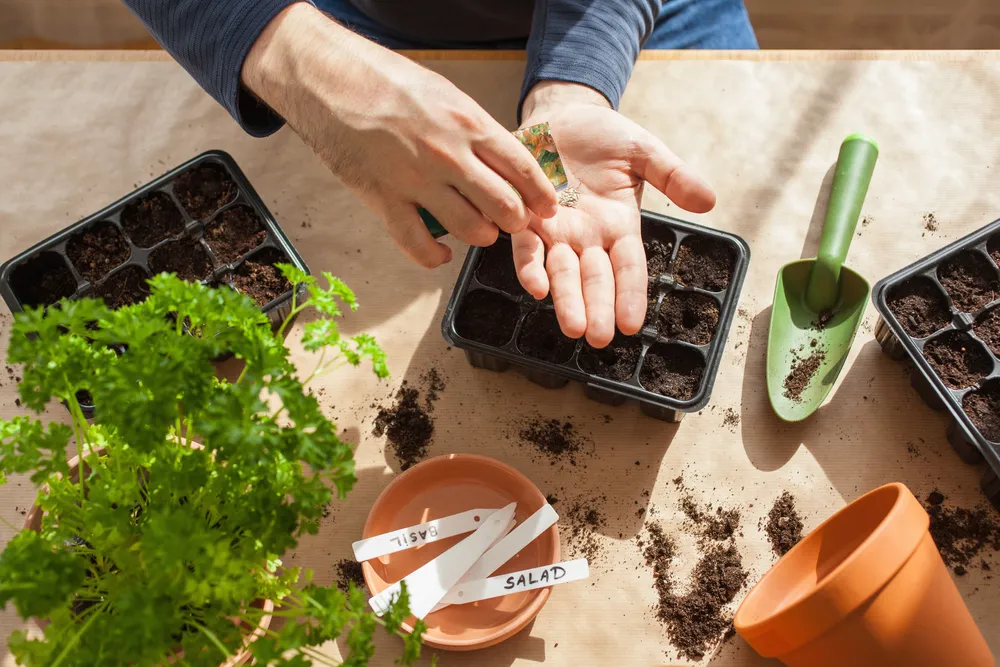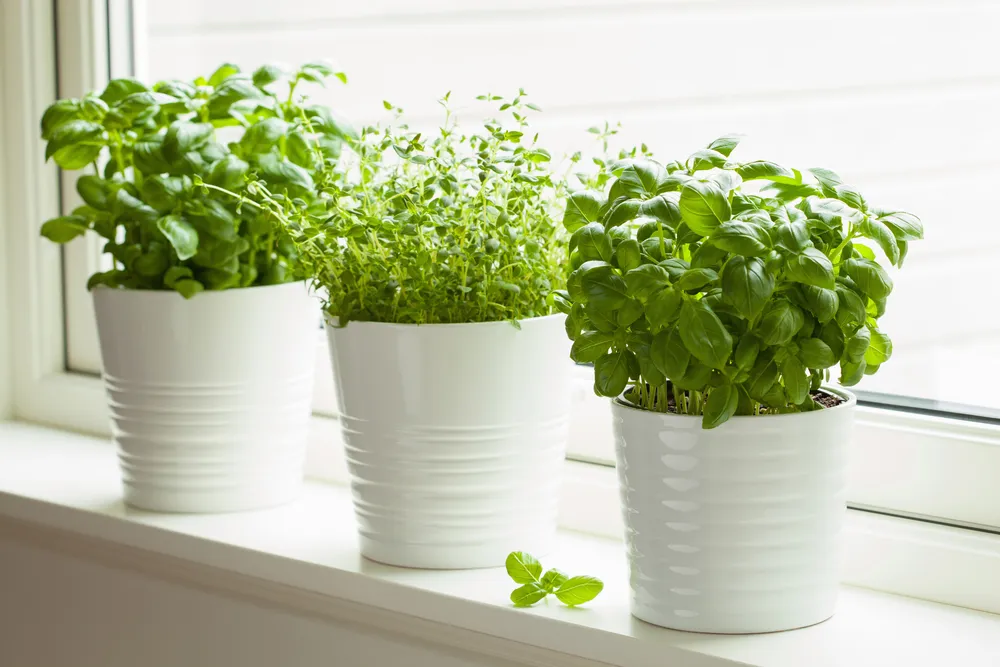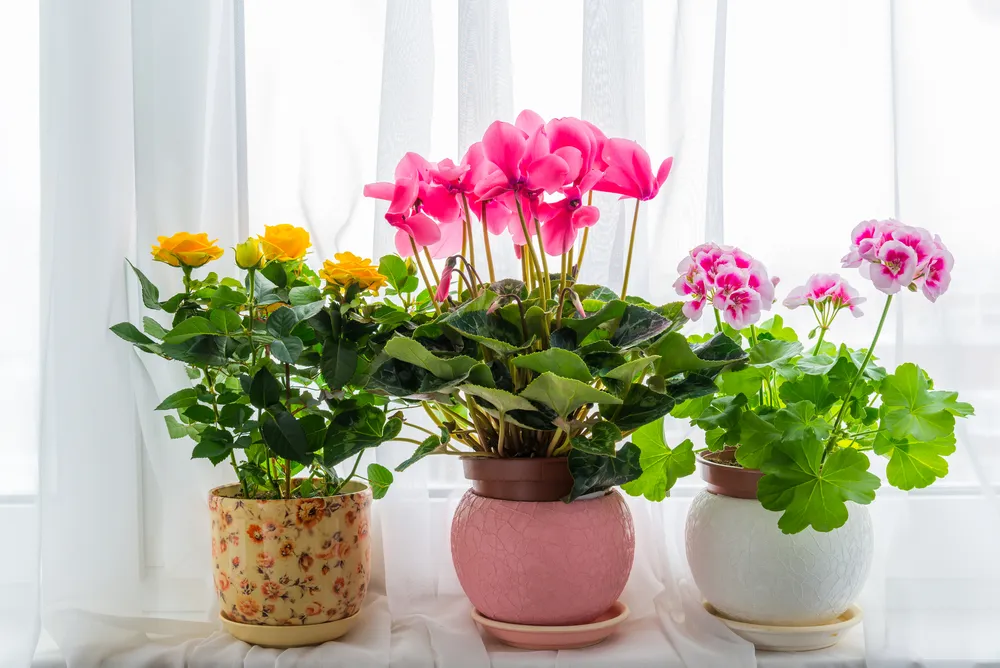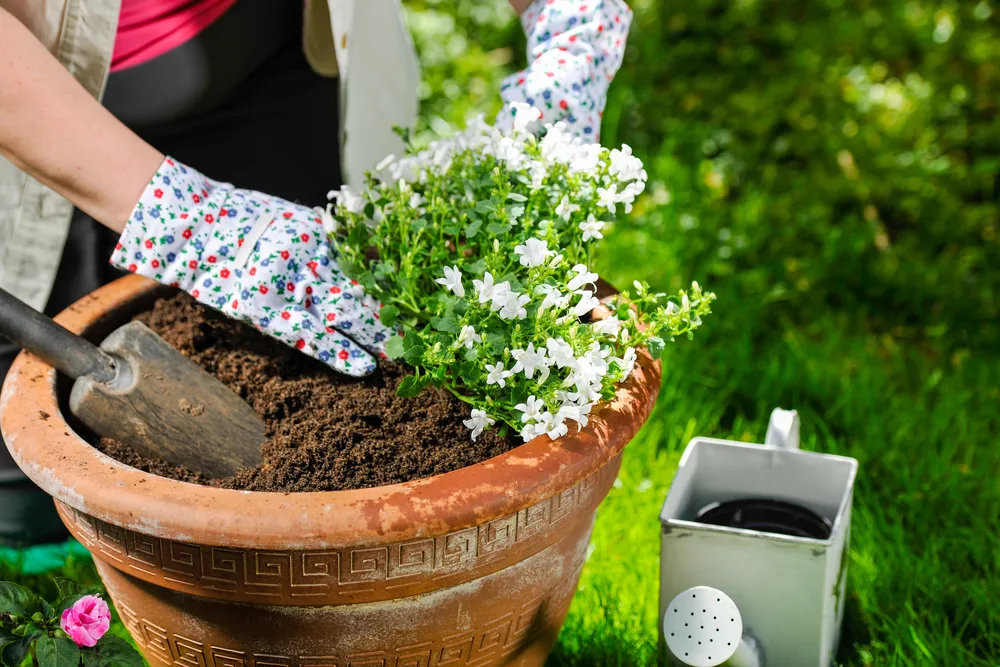Are you looking to start an indoor garden? There is some important information you should know before you start your endeavor. It’s necessary to plan and have the proper supplies and tools you’ll need to ensure your garden will be a success. It’s also important to be in the loop on what plants are able to successfully grow indoors in the right conditions.
Follow along as we break down everything you should know about starting an indoor garden including all the considerations and steps you should take, as well as the top plants that thrive in an indoor setting.
Why Should I Start an Indoor Garden?
The most obvious benefit of having an indoor garden is the ability to access fresh, home-grown produce at your fingertips. It’s quick, convenient, rewarding, and safer to grow your produce yourself than from a local retailer where you may not be entirely familiar with their growing process.
Aside from this, however, starting an indoor garden also comes with a variety of mental health benefits. According to Green Matters, studies have shown those who garden have an increased quality of life, well-being and even cognitive function. It can also reduce fatigue, depression, stress, and anger.
Space
One of the first considerations you should take into account when planning your indoor garden is how large you’re thinking of making it. An indoor garden can take up as little or as much space as you want. You could even consider growing your plants on a windowsill if you’re short on space in your home. Garden shelves are another popular idea if you’re low on floor space. Just be sure to research how large your plants will grow before committing to a certain type and ensure you have ample space available as the plant becomes larger.
If you’re hoping for a more extravagant garden, however, we’d suggest finding a designated spot and setting up a proper bench or table. It’s also a good idea to set this up on top of water-resistant flooring such as tile, or setting up a tarp, for the inevitable drops of water that will occur during watering.
Light
Another consideration you should take into account is which area in your house would have adequate light for your garden to thrive. All plants require light to photosynthesize, which allows them to survive. A plant that does not have enough light to thrive will typically grow tall and spindly and may not receive enough energy to grow leaves, flowers or fruit.
Being near a window or an area with a lot of light may not even be enough for certain plants to survive, especially if you live in a winter climate. In this case, we’d suggest investing in a grow light. There are a few different types of grow lights to choose from depending on the size of your garden and your budget.
Temperature
Temperature is another factor to consider when it comes to growing an indoor garden. Most plants will be satisfied with temperatures of 65-75°F, but a variance of 10° either way will likely be fine as well.
It’s important to monitor your plants to see if they are happy with the current temperature of your house. Plants that are too hot may end up looking small and weak, while plants that are too cold will typically have yellow leaves that fall off.
Humidity
Aside from temperature, humidity is another consideration you should make to optimize the growth of your plants. A lack of humidity is typically the biggest problem for plants, which tends to be an issue in the winter months and when the heat is running indoors. If your plants are losing their leaves and turning brown or the leaves are puckering and looking withered, this may be due to a lack of humidity.
A few tips to increase humidity include:
- Misting your plants daily with water, or more if required
- Placing a tray or bowl of water near your plants
- Placing plants close together to feed off each other
- Running a humidifier
What Medium Should I Grow My Plants In?
You may be wondering what medium you should use when growing an indoor garden. When it comes to soil, it’s recommended to avoid using soil from outside as it’s often too heavy and may contain weeds or insects. Instead, try looking for soil that’s specific for indoor plants and is lightweight and well-aerated.
When it comes to the actual pot or container for your indoor plants, it’s recommended to look for something with drainage holes that allows water to run through and promotes air circulation. Just be sure to place a tray underneath to avoid a mess. Ceramic and plastic are typically the best materials for indoor plants. Ceramic pots are porous and tend to allow less root rot, while plastic is easier to clean and lighter.
Watering
When it comes to caring for your indoor garden, proper watering is another key factor to keep in mind. Plants that are grown in containers or pots will require much more water than plants that are grown from the soil and have access to natural moisture. Experts recommend always using room temperature water when watering your plants and to water until it runs through the drain holes of your pot or container. It’s also best to avoid letting water collect in a saucer or under the plant which can end up causing disease or rot.
A few signs that your plant is overwatered may include wilting from stem towards leaves, discoloration, lower leaves dropping, or the plant will stop growing altogether. A few signs of under-watering include dry soil, wilting along the outer tips of the leaves, brown edges on leaves, or the leaves and flowers drop prematurely.
What Plant Should You Grow?
You may be surprised to learn that almost any plant can grow indoors with the right environment and care. Be sure to check the projected size of the plant, however, to ensure that you have ample space in your home to care for the plant as it grows.
It’s typically recommended to consider growing plants with similar light, humidity and watering needs. Whether you’re hoping for fruits, vegetables, herbs or flowers, there’s definitely a plant out there that will work for you. Follow along as we dive deeper into the best types of each to grow indoors.
Top Fruits and Vegetables to Grow Indoors
When it comes to fruits and vegetables, there are quite a few options that you could grow inside. A few fruits that typically do well indoors include strawberries, blueberries, citrus fruits and dwarf varieties of apples.
When it comes to vegetables, there is a quite a wide array that can thrive inside. These include tomatoes, especially the cherry type, carrots, onions, peppers, kale, beans and varieties of salad greens.
Top Herbs To Grow Indoors
Herb gardens have grown in popularity in recent years and are a great way to grow plants indoors that tend to be on the smaller side. Herbs are so convenient to grow at home since they are used in many cooking dishes and don’t require as much maintenance as other plants.
A few popular herbs that are great to grow indoors include basil, oregano, parsley, lavender, cilantro, rosemary, chives, mint, sage, and dill. Almost all herbs will grow for at least one season, and some will even grow year after year once planted.
Top Flowers to Grow Indoors
If you’re looking to grow flowers rather than food inside, you’re in luck! There’s a large variety of flowers that will also thrive inside given the right care and environment.
A few types of flowers that are known to do well in an indoor garden include geranium, pansy, roses, alyssum, marigold, petunia, and begonia, among others. Growing flowers indoors is a great way to add a pop of color to your space and double as decor.
Moving Plants Outside
It’s common for plant lovers to move their plants inside in the winter months and outside during the summer months. If this is something you plan to do, there’s a few tips you should know to ensure your plants will thrive in both environments.
When moving a plant outside, it’s important to give them a “hardening off’ period to allow them to develop thicker cuticles to withstand more unpredictable weather. This process should take about 7-10 days altogether. To begin, take your plant outside for approximately 3-4 hours in a shady spot. Each day, increase the amount of time your plant spends outside by 1-2 hours and bring them inside at night. After 2-3 days of this, move the plants to a sunny spot in the morning, and shade in the afternoon. The plant should be able to stay outside all day and night after 7 days.
